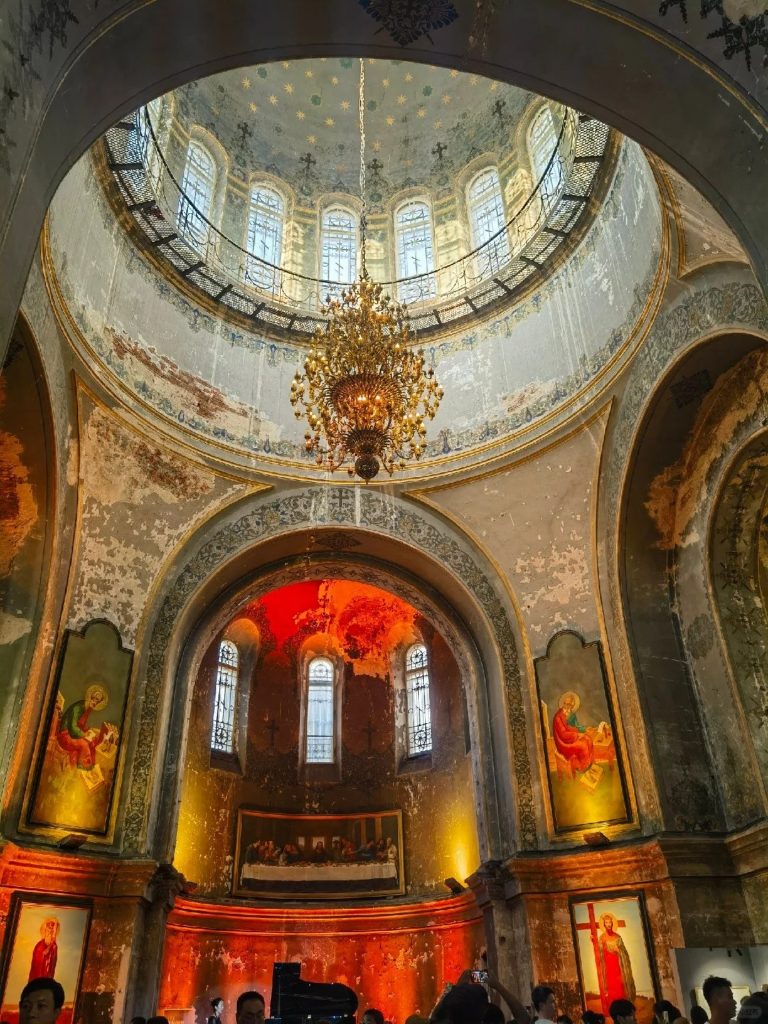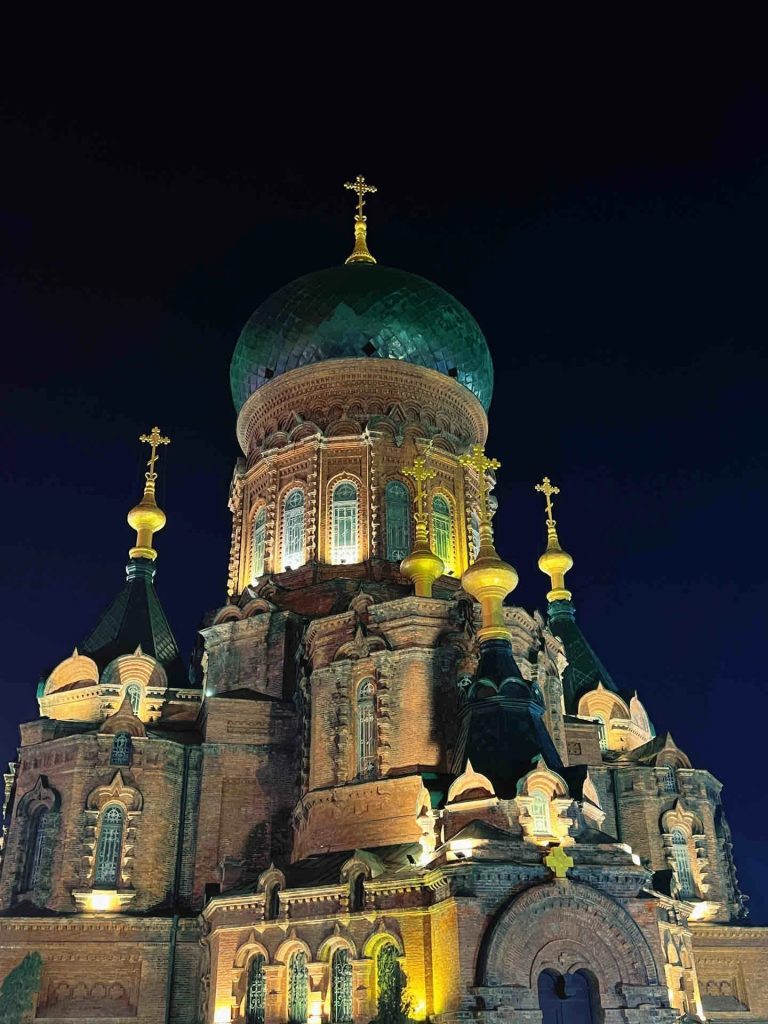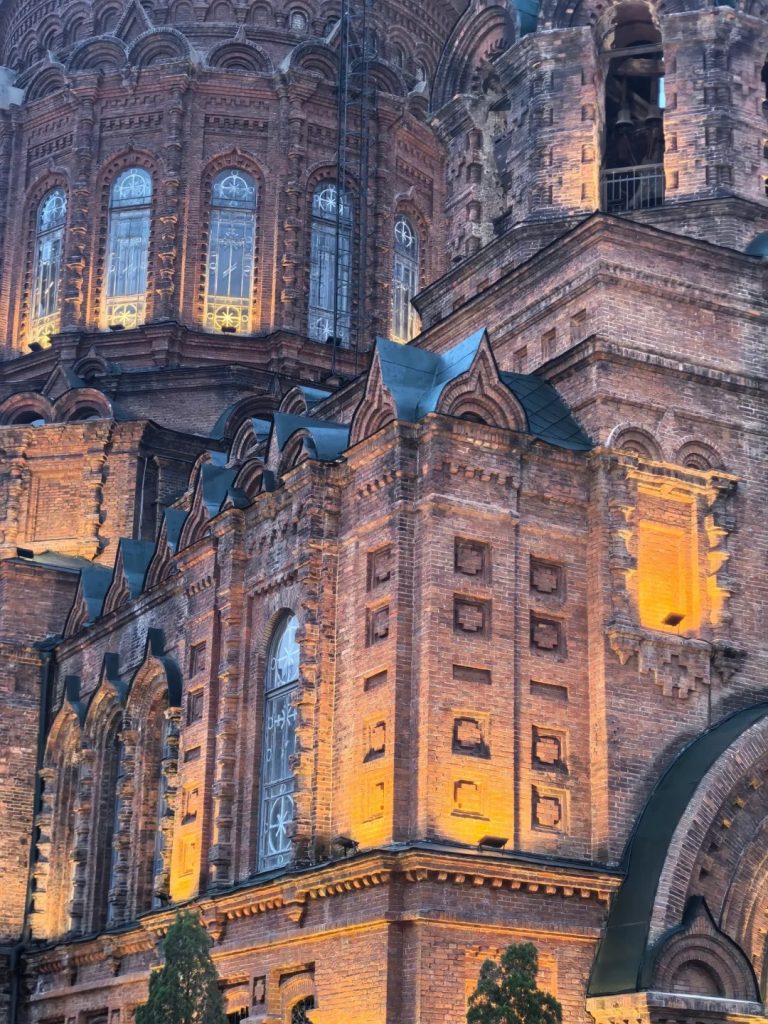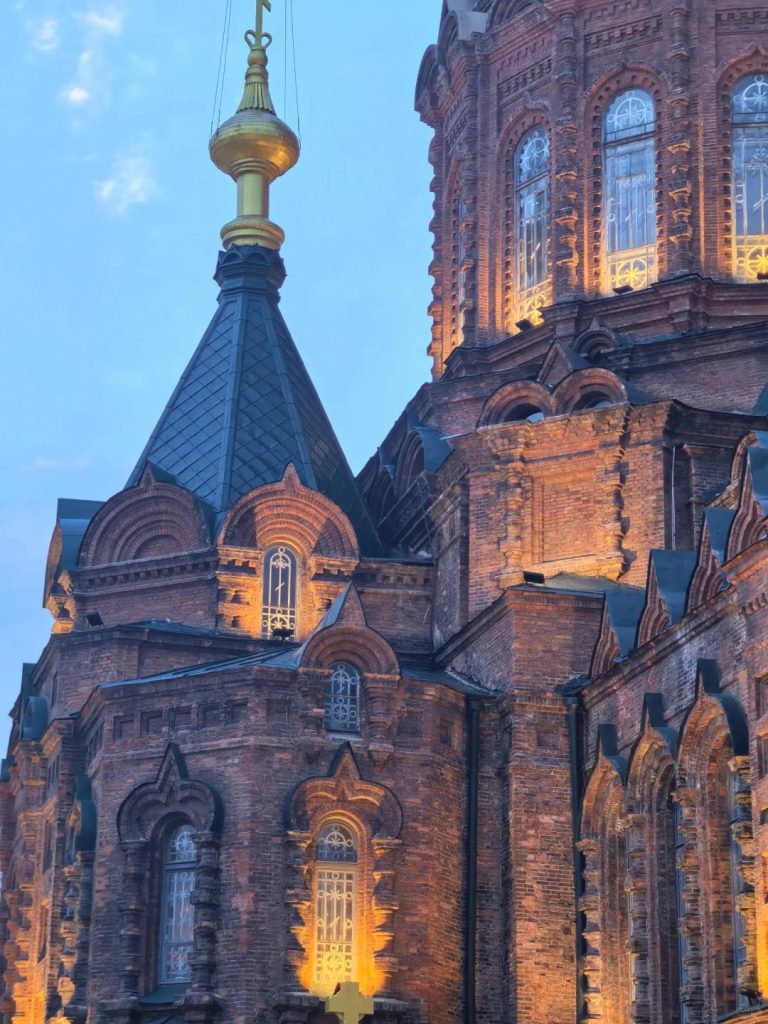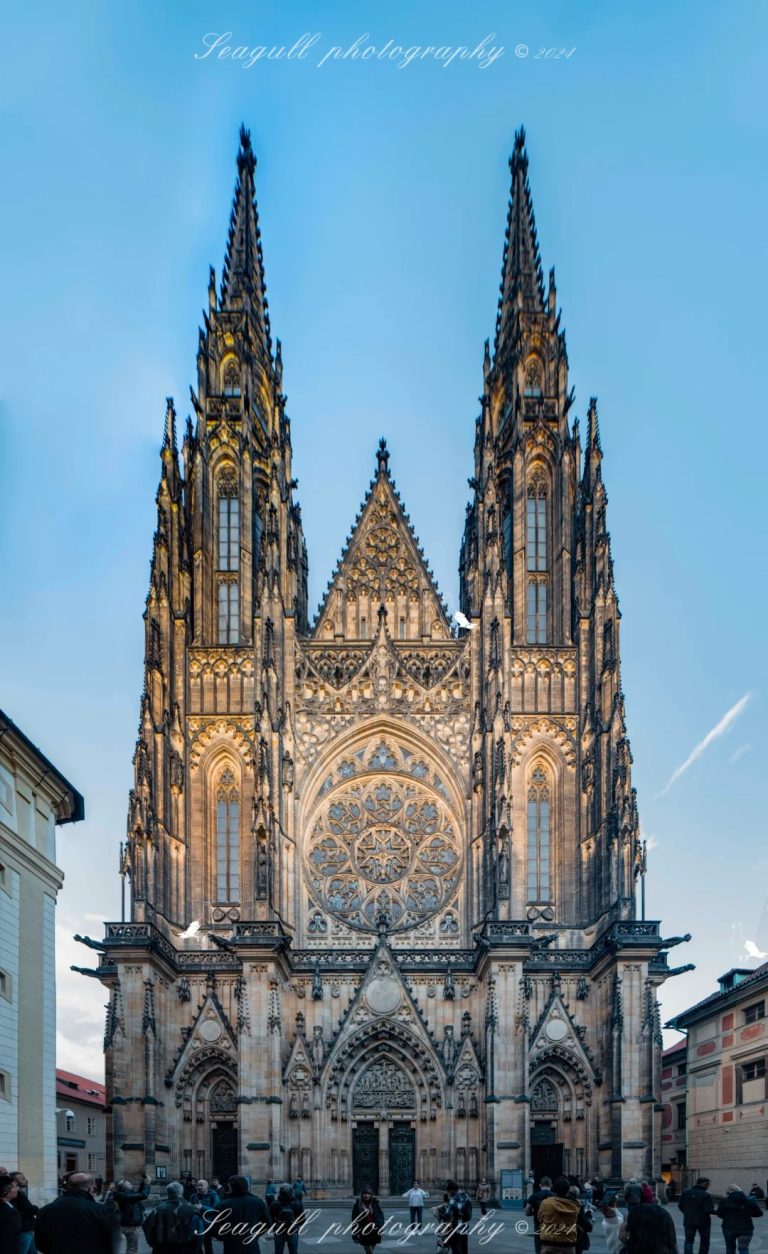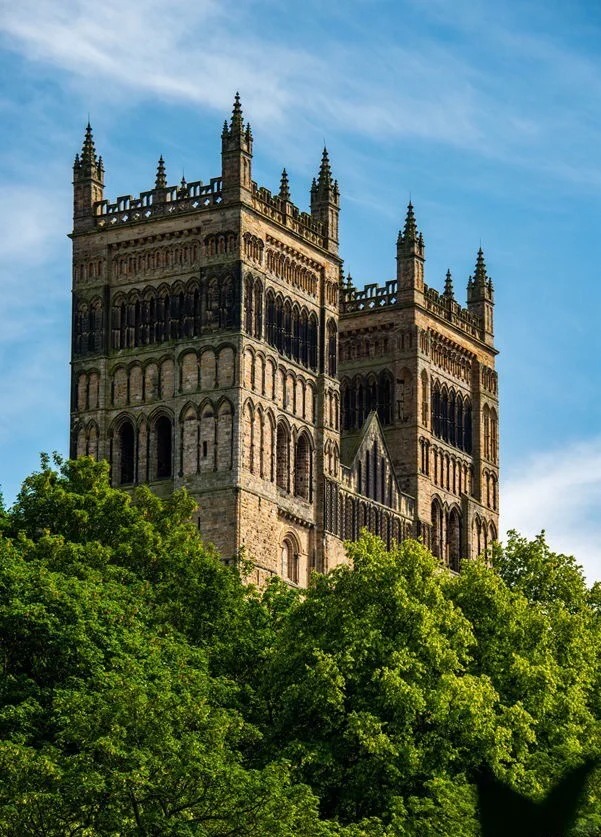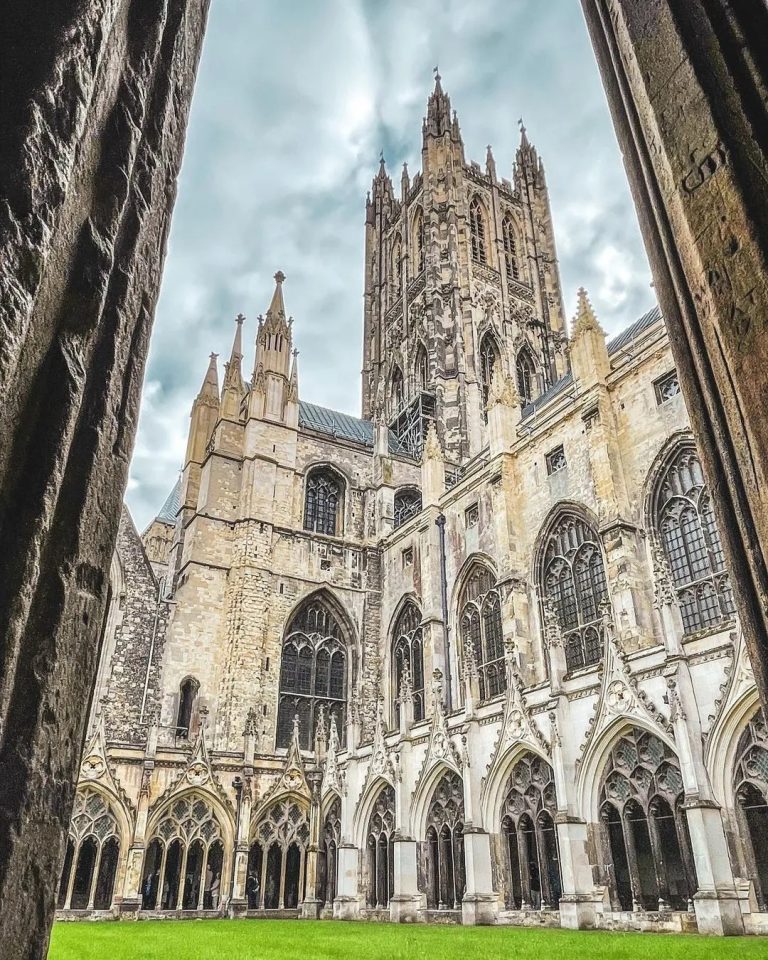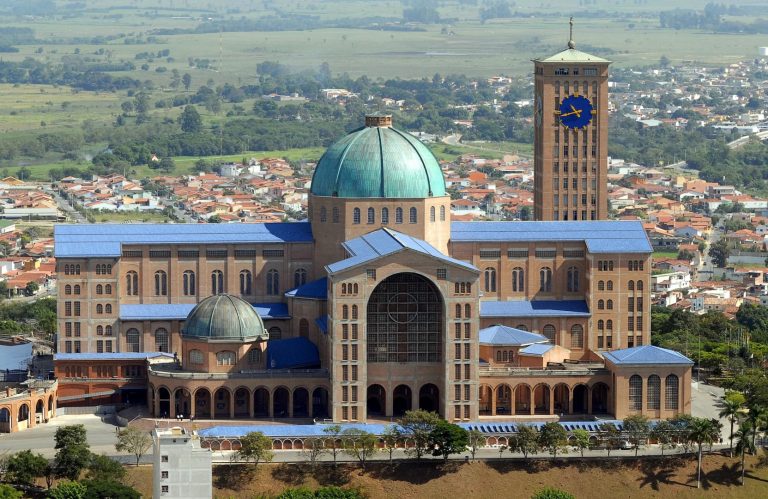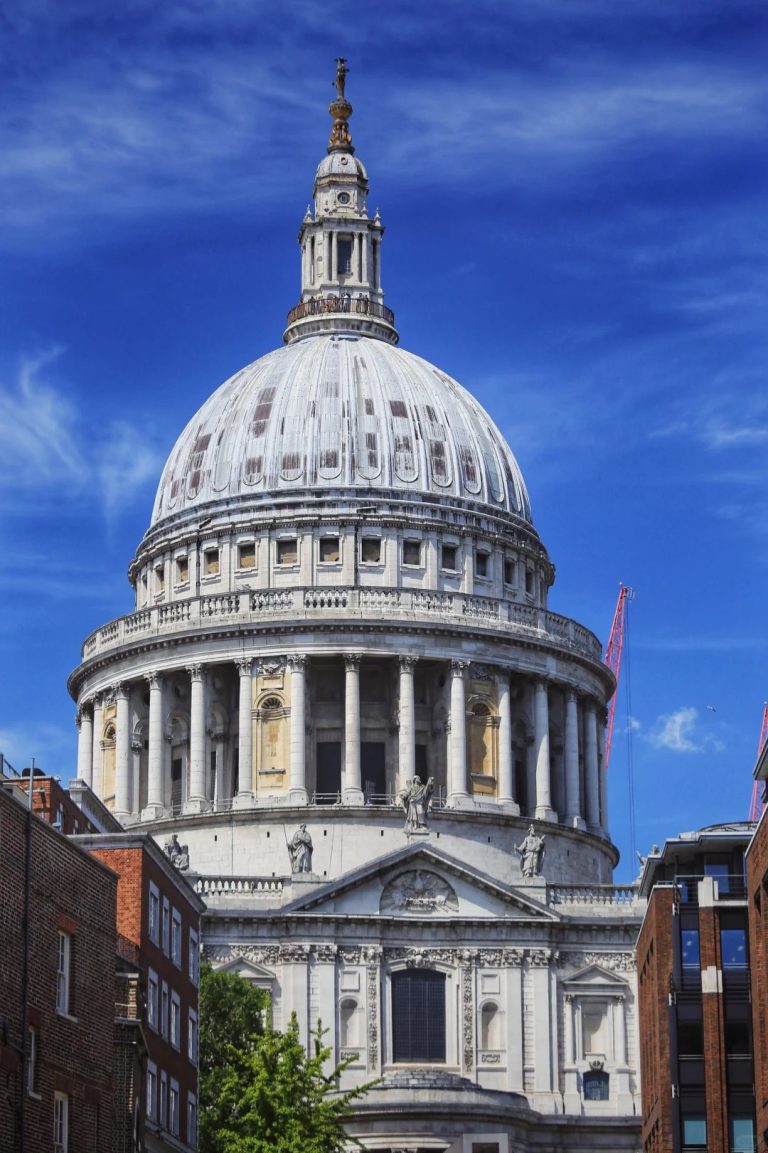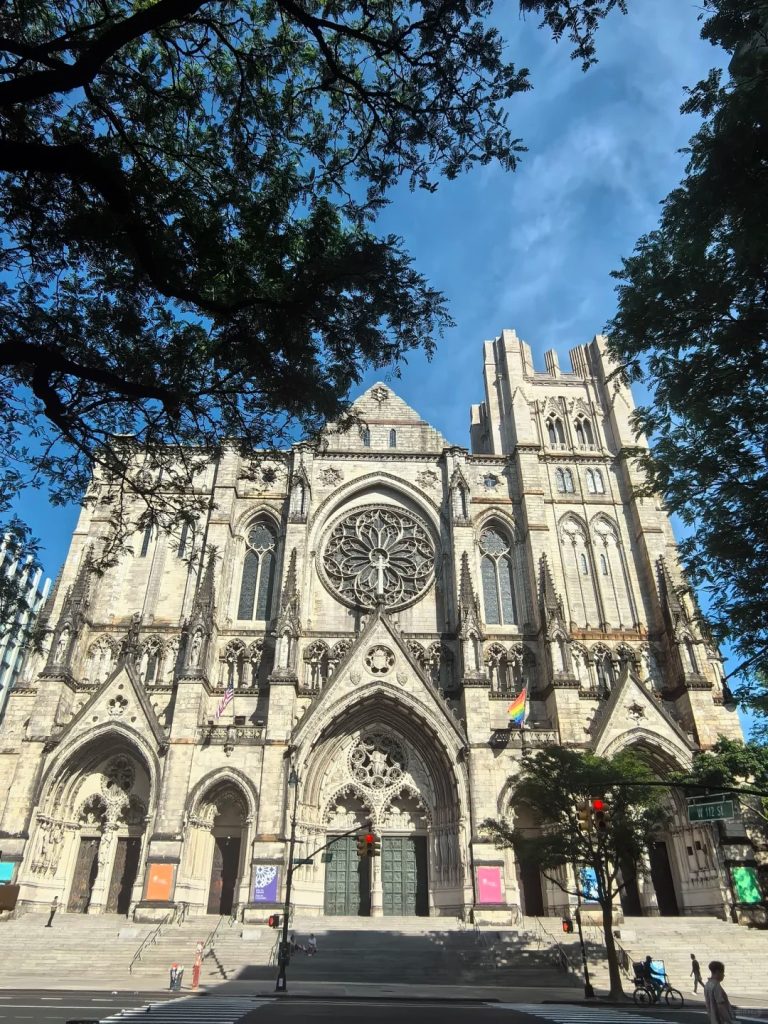Hagia Sophia, Istanbul, Turkey
- Images:Pictures display its massive dome and the blend of Byzantine and Ottoman architecture. The interior is adorned with beautiful mosaics, some of which date back to the Byzantine era. The large central space, with its high – domed ceiling, is an architectural marvel.
- History:Originally built as a Christian basilica in the 6th century under the Byzantine Emperor Justinian I. It was later converted into a mosque in the 15th century after the Ottoman conquest of Constantinople. In 1935, it was transformed into a museum and then back to a mosque in 2020.
- Architectural Features:The dome, which is 55.6 meters in diameter, is supported by pendentives, a revolutionary architectural technique at the time. The interior is decorated with marble columns, mosaics, and Islamic calligraphy. The combination of Christian and Islamic art and architecture makes it a unique cultural and historical site.
- Significance:Culturally, it represents the intersection of Byzantine and Ottoman cultures. Historically, it has been a symbol of the power and influence of both empires. Touristically, it is one of the most visited attractions in Istanbul, drawing millions of visitors each year.
- Current Situation:Open to the public as a mosque. Visitors are required to follow the rules and regulations of the religious site. Restoration work is ongoing to preserve its historical and architectural significance.
Location:In Istanbul, Turkey (41°0′23.7″N 28°58′38.8″E).
Opening Hours:Hours may vary, but it is generally open from 9:00 – 17:00.
